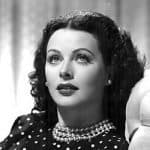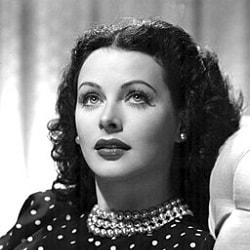
On Memorial Day, we honor the individuals in the U.S. Armed Forces who have given their all serving our country. Memorial Day began in the 1800s when women began putting flowers on the gravestones of soldiers, leading the day to be known at the time as Decoration Day. In addition to the decoration of graves that led to Memorial Day, women have had an important presence during wartime. Even as far back as the Revolutionary War, women were nurses, cooks, seamstresses, fighting while disguised as men, and acting as spies. As time went on, women became involved with scientific developments that have impacted wartime efforts. Their intellects contributed to nuclear fission, cryptography, compilers for programming, wireless communication security, and Kevlar vests.
Lise Meitner (1878-1968)
First to explain nuclear fission, with her nephew Otto Frisch
Read: Lise Meitner and the Dawn of the Nuclear Age and Lise Meitner: a Life in Physics
Elizebeth Smith Friedman (1892-1980)
Cryptanalyst for the U.S. Navy
Grace Hopper, Navy Reserves Rear Admiral (1906-1992)
Wrote the first compiler for computer programming
Read: Grace Hopper and the Invention of the Information Age and Grace Hopper: Admiral of the Cyber Sea
Hedy Lamarr (1914-2000)
Read: Hedy’s Folly: the Life and Breakthrough Inventions of Hedy Lamarr, the Most Beautiful Woman in the World and Beautiful: the Life of Hedy Lamarr
Stephanie Kwolek (1923-2014)
Inventor of Kevlar, used for bulletproof vests
Read: Stephanie Kwolek’s New Polymer: From Labs to Riches and Kevlar Legions: the Transformation of the U.S. Army, 1989-2005









